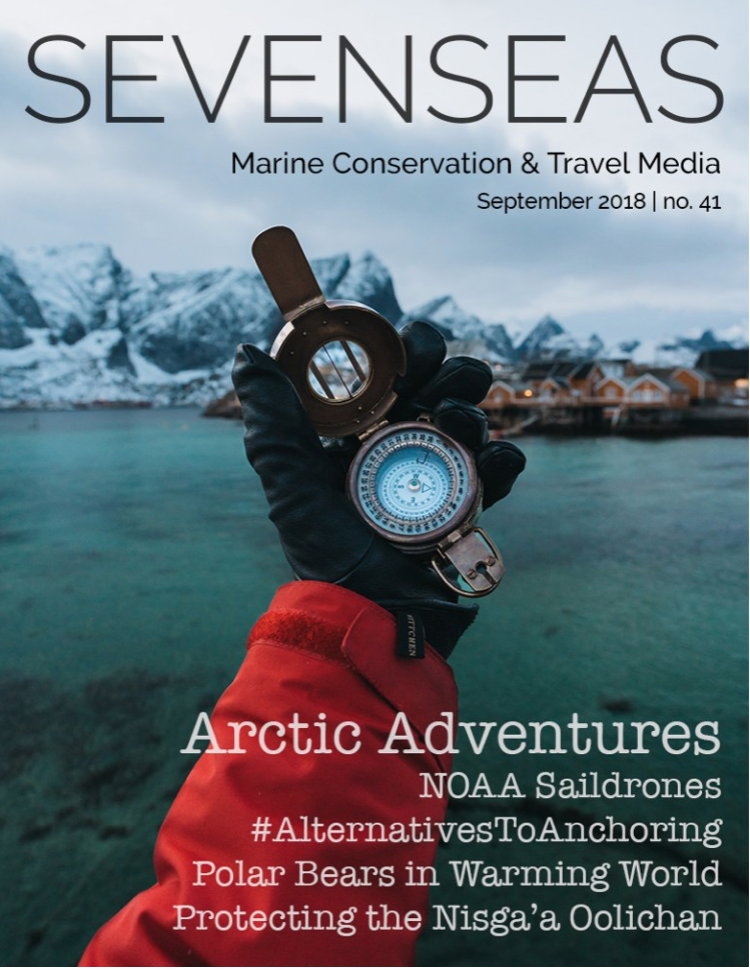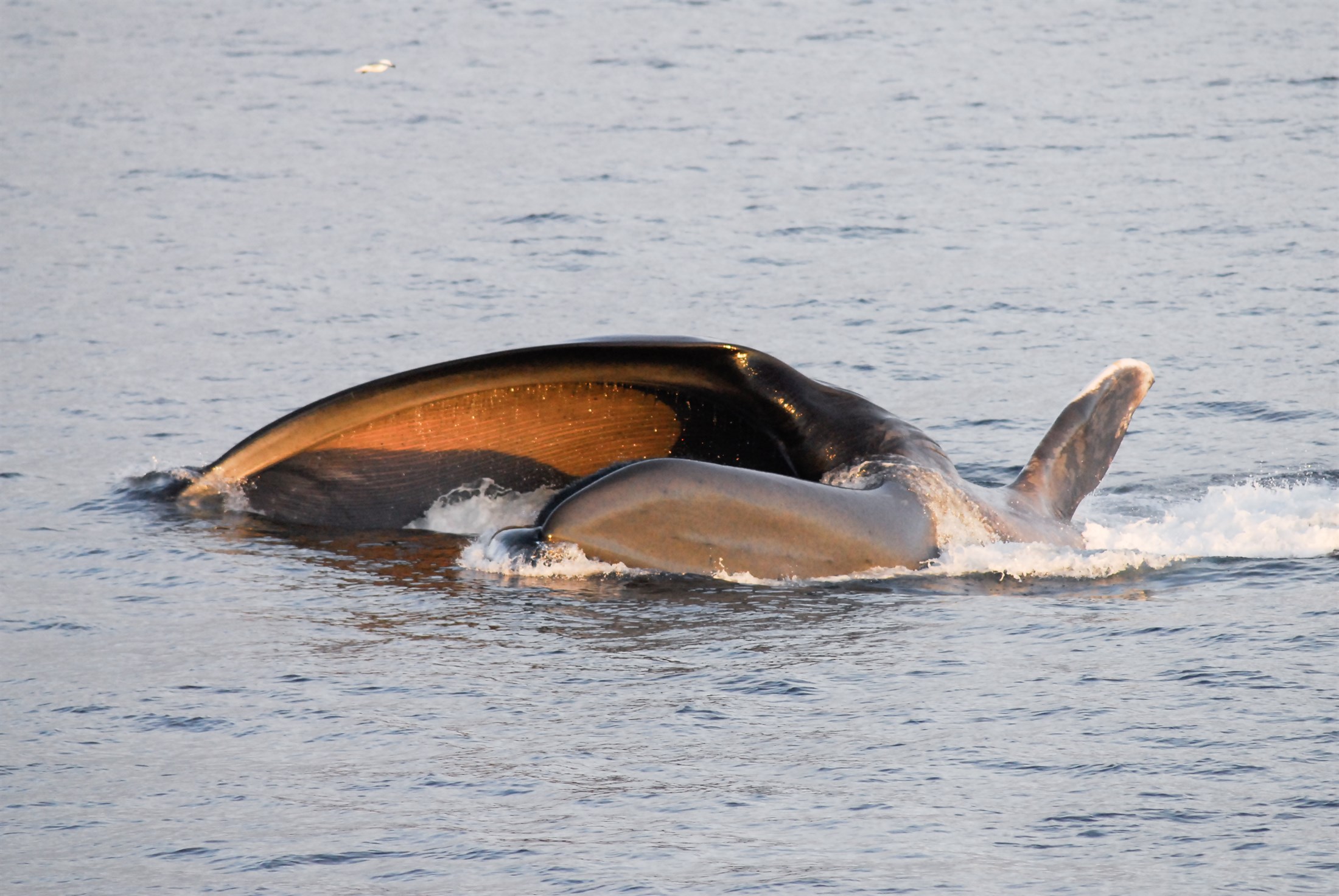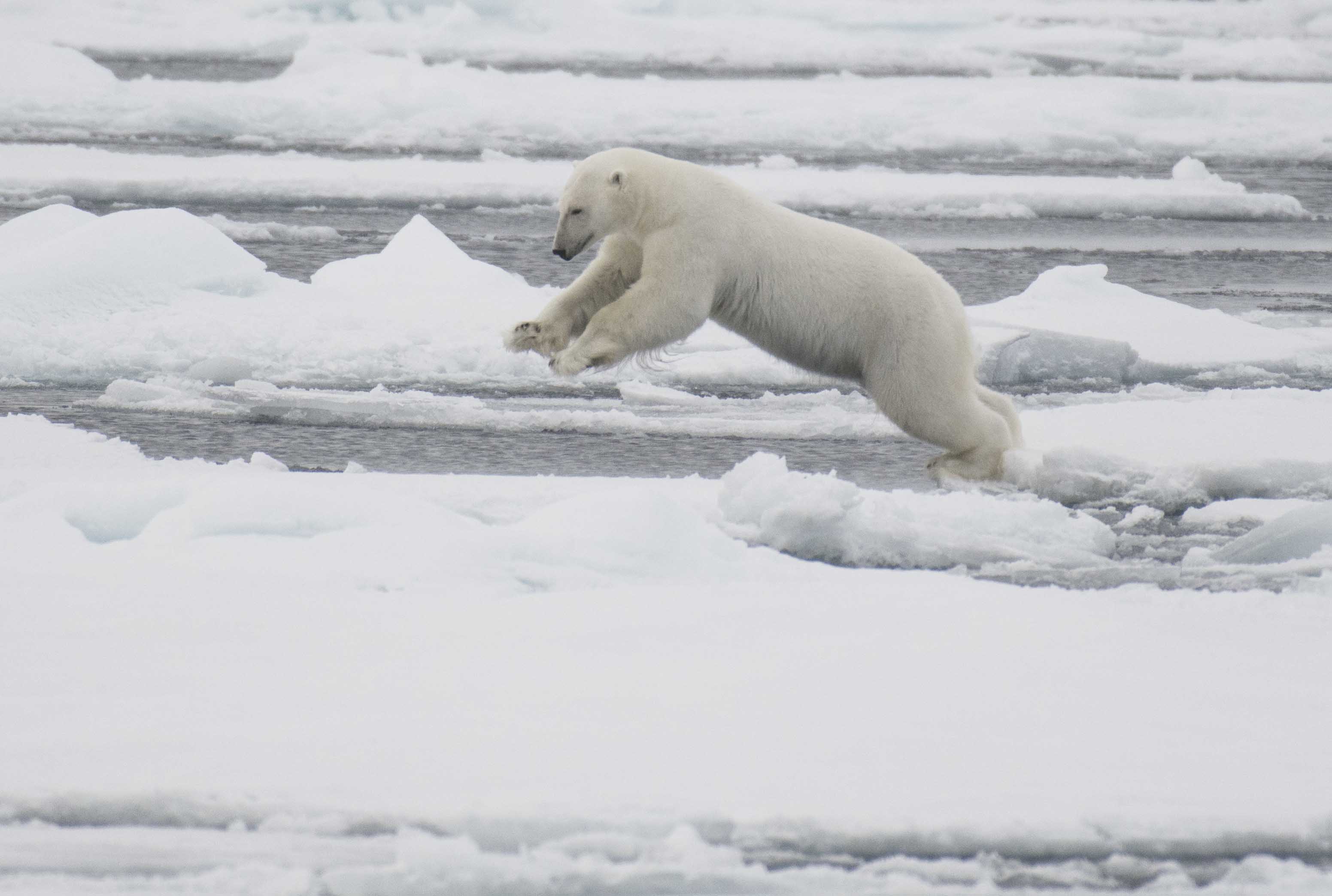[metaslider id=8756] Never before with an LT&C-study tour to the North of Svalbard did we have to navigate that far North to reach the sea ice for observing polar bears in their natural habitat. Also, the 100-passenger ship, M/V Plancius, has never been before up to 82.47 degrees North. While our 9 members at this year’s autumn tour to Svalbard were privileged to study the impressive LT&C-Example, where once the cooperation of tour companies and conservation organizations has lead to the establishment of new national parks, they were deeply touched to see the polar bear’s homeland shrinking. The more awareness it has caused that caring for climate change is urgent. Therefore we urge our members and other travelers to compensate for their own climate footprint as a minimum to do: https://bit.ly/2wWJisT
With its mission, to support the so-called Aichi target 11 of the UN-Convention on Biological Diversity (CBD), namely a globally complete and representative network of protected areas with help of tourism, LT&C is also actively engaged in raising the awareness of the Sustainable Development Goals (SDGs), one of the most important decisions and commitment of the entire world society. LT&C, therefore, likes to encourage travelers to think twice before deciding on a tour and choose destinations and ways of traveling, where they not only support nature conservation by learning from and promoting LT&C-Examples (SDGs 14 and 15). To find ways to minimize the own footprint respectively supporting also other SDGs, such as the one on Climate, is equally important.
 Timely, just after our return from Svalbard we could also read in the marine conservation and travel magazine SEVENSEAS’s (partner of LT&C) 41st edition „On Thin Ice! Polar Bears in a Warming World: The Impact of Arctic Sea Ice Loss„. In their article they have additional recommendations to take actions:
Timely, just after our return from Svalbard we could also read in the marine conservation and travel magazine SEVENSEAS’s (partner of LT&C) 41st edition „On Thin Ice! Polar Bears in a Warming World: The Impact of Arctic Sea Ice Loss„. In their article they have additional recommendations to take actions:
„As a traveler or researcher, there are several actions one can take to ensure the safety of both yourselves and the polar bears, while still enjoying all the Arctic has to offer. Be aware of your surroundings, do not take any unnecessary risks, and never approach a polar bear or their den. Before traveling, educate yourself on conflict prevention techniques and the laws regarding wildlife in the area in which you will be going. Keep all food items in bear-proof containers and keep deterrence items, such as marine flares, cracker shells, bear bangers, and paper spray, with you during your travels. You can also help protect these animals from where you live by educating yourself on how the warming temperatures are impacting the Arctic ecosystem and how the loss of sea ice is impacting ice-obligate species. Easy steps taken at home, such as being energy-efficient, eating sustainable seafood, and minimizing consumption, can aid in slowing the loss of Arctic sea ice.“

There are many ways to combine travel with the support of nature conservation and other SDGs. If LT&C-offers special study tours (always with tour operators, which are members and supporters of LT&C and to destinations, which are profiled as LT&C-Example) the aim is to make people aware of good Examples, where tourism is supporting protected areas. This could be one way to create incentives that others learn from those examples and ideally replicate them.



